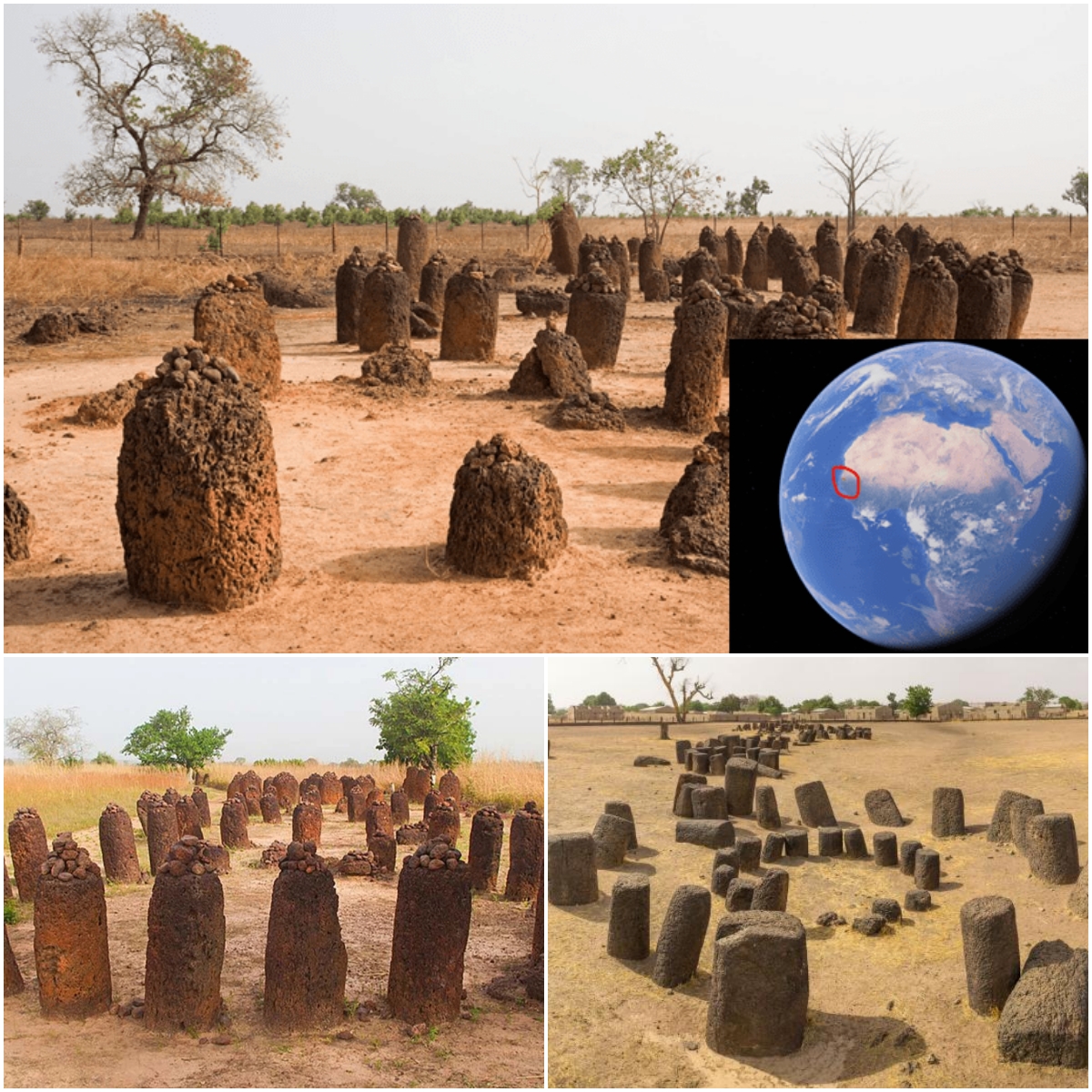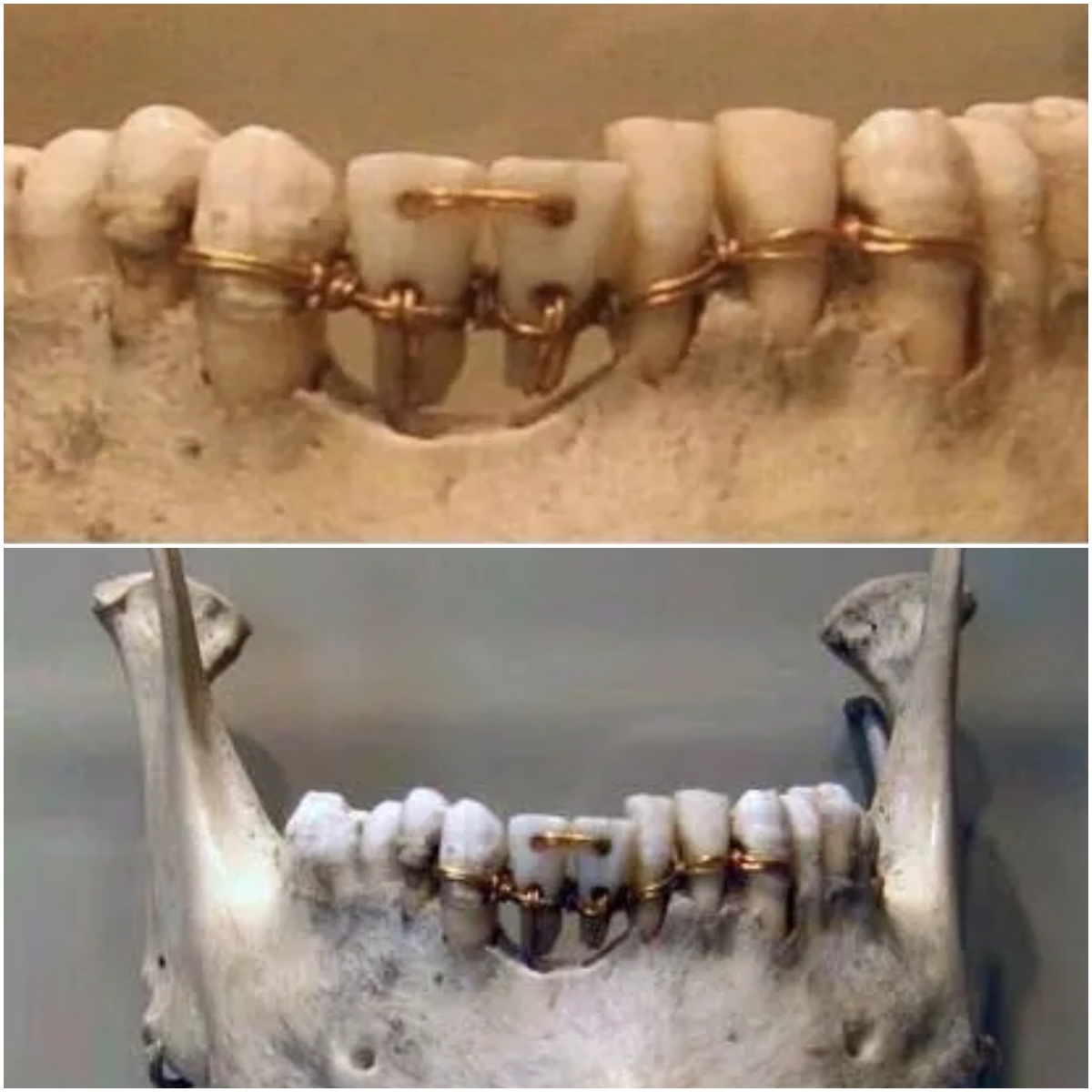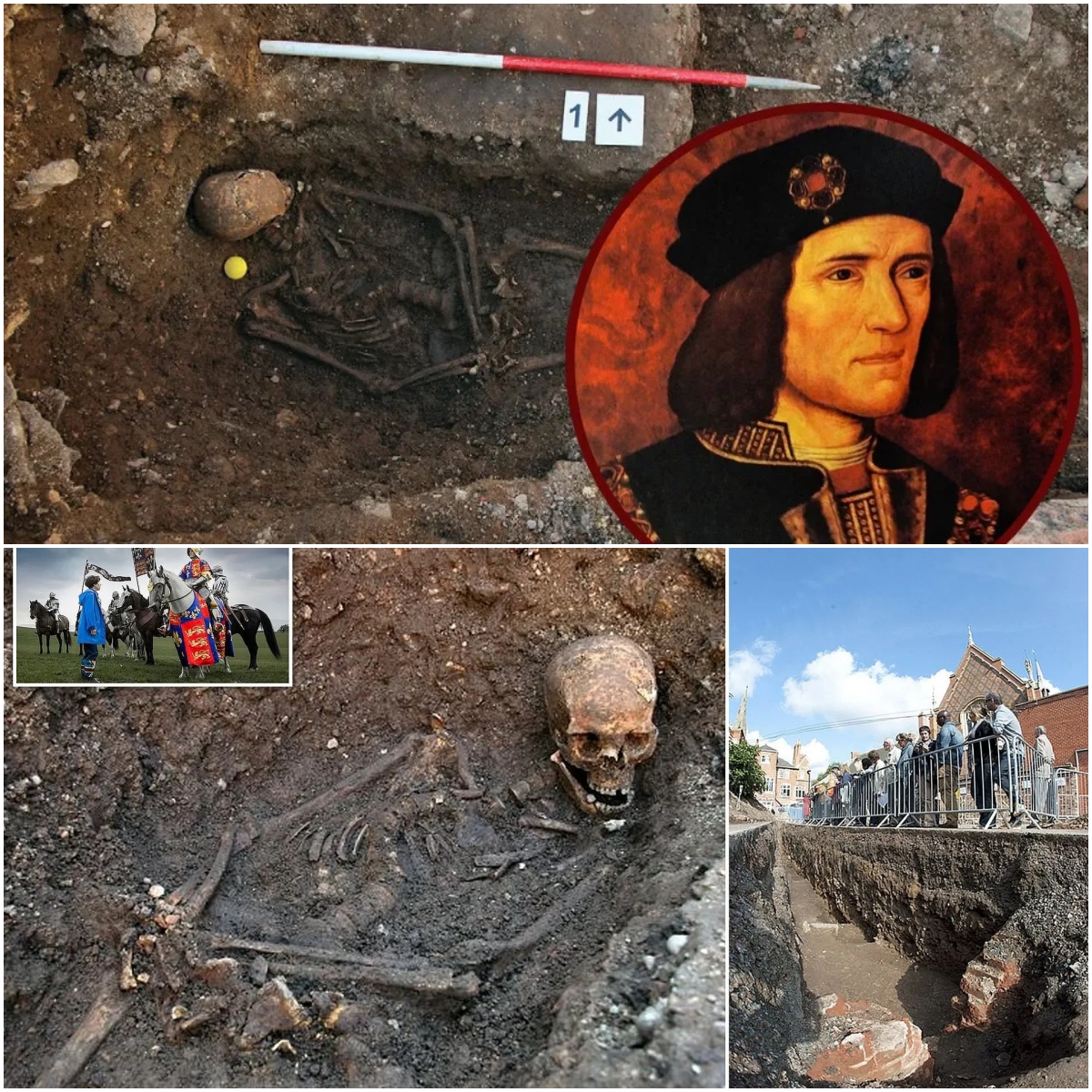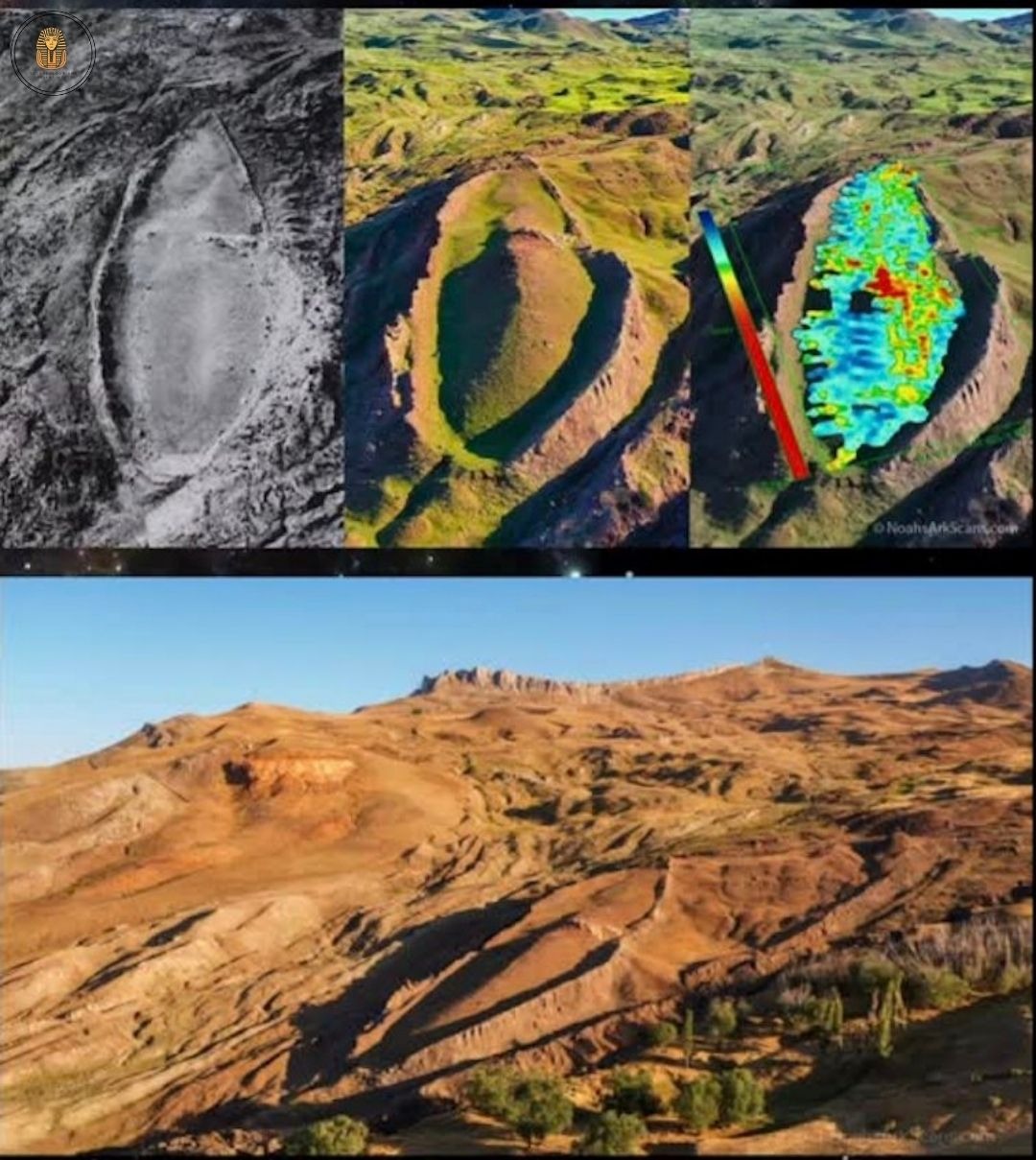A Moment of Tenderness: Exploring the Sacred Bond Between Tutankhamun and Ankhesenamun
Tutankhamun and his first wife, Ankhesenamun, are immortalized in this exquisite panel from the boy-king’s tomb, a rare and intimate portrayal of affection in ancient Egyptian art. Unlike the often rigid and formalized depictions of pharaohs and their consorts, this scene radiates warmth and tenderness. Ankhesenamun is shown gently anointing her husband with fragrant oils, a gesture symbolizing both devotion and the sacred rites of kingship. Her posture, slightly leaning toward him, suggests deep emotional connection, a rare artistic choice that sets this panel apart from other royal imagery of the time.
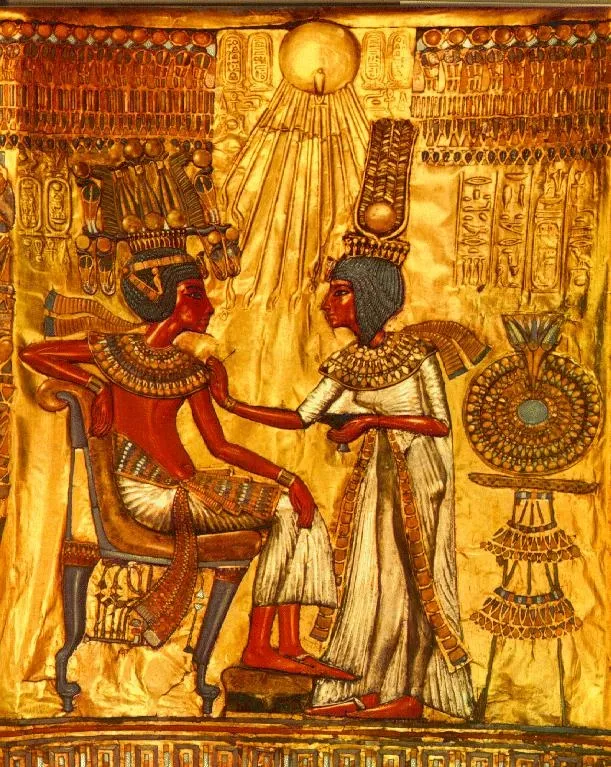
The golden rays of Aten, the solar deity associated with divine blessing, cascade down upon the couple, reinforcing their legitimacy and the favor of the gods. This association with Aten reflects the lingering religious influence of Tutankhamun’s predecessors, particularly his probable father, Akhenaten, who had attempted to establish a monotheistic worship of the sun disc. While Tutankhamun restored the traditional polytheistic beliefs, elements of Atenism still appeared in artistic expressions such as this one.
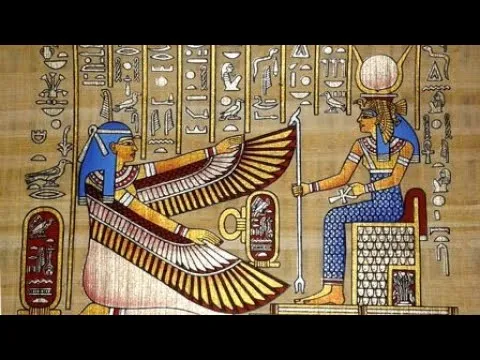
Created over 3,300 years ago, during the height of Egypt’s 18th Dynasty, this panel showcases the remarkable craftsmanship of the period. The figures are adorned with elaborate jewelry, intricate garments, and meticulously detailed headdresses, each element emphasizing the splendor and sophistication of the royal court. The use of vibrant inlays, gold leaf, and fine carving techniques reflects the wealth and artistic excellence of the time. The delicate detailing of their facial features and expressions further enhances the humanity captured in this work, making it one of the most evocative depictions of royal intimacy from ancient Egypt.
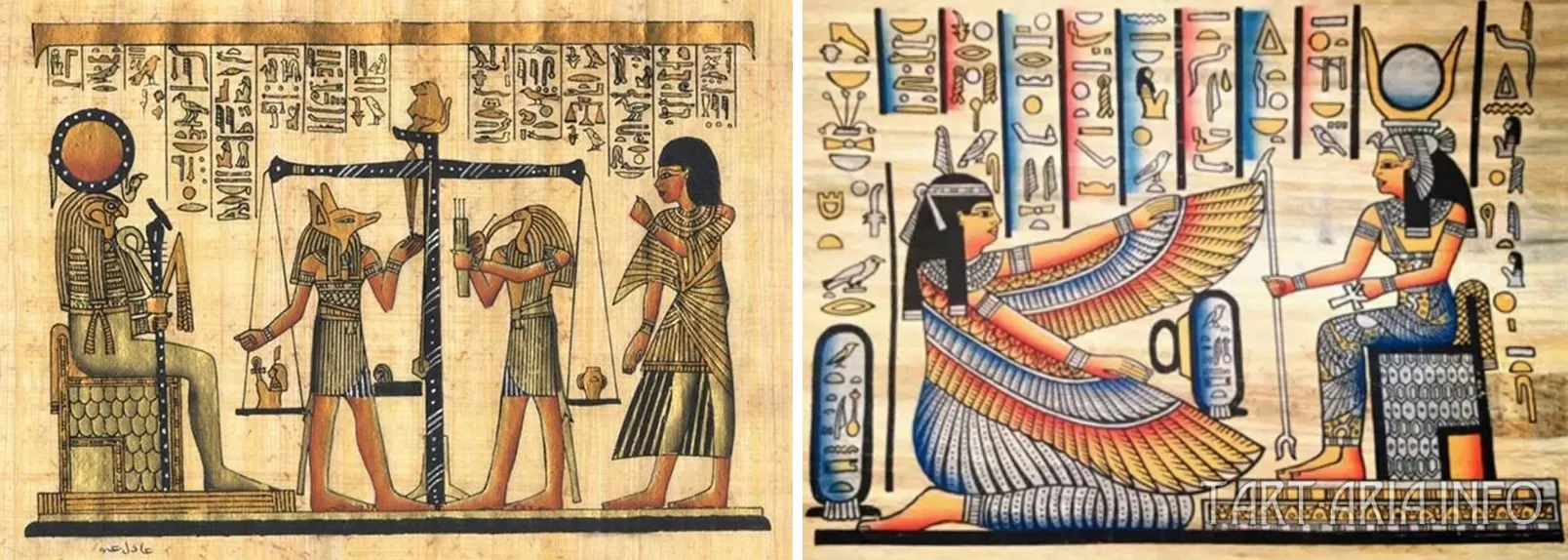
Beyond its aesthetic and historical significance, this masterpiece provides a rare glimpse into the personal bond between Tutankhamun and Ankhesenamun. Their marriage, though shaped by dynastic and political necessities, appears to have included genuine companionship, as suggested by multiple depictions of them in similar affectionate poses. Ankhesenamun, who was likely a key figure in court politics after Tutankhamun’s untimely death, remains an enigmatic and compelling figure in Egyptian history.
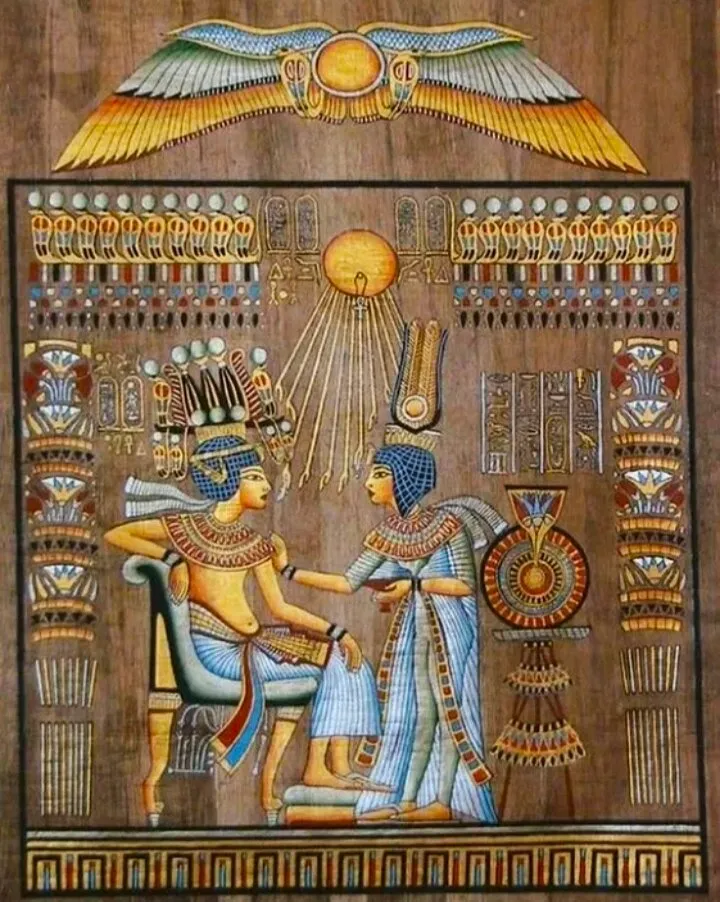
This extraordinary panel not only immortalizes a young pharaoh and his queen but also serves as a testament to the artistry and emotional depth that flourished in ancient Egypt. It invites modern viewers to see beyond the grandeur of kingship and glimpse the humanity within these legendary figures.


